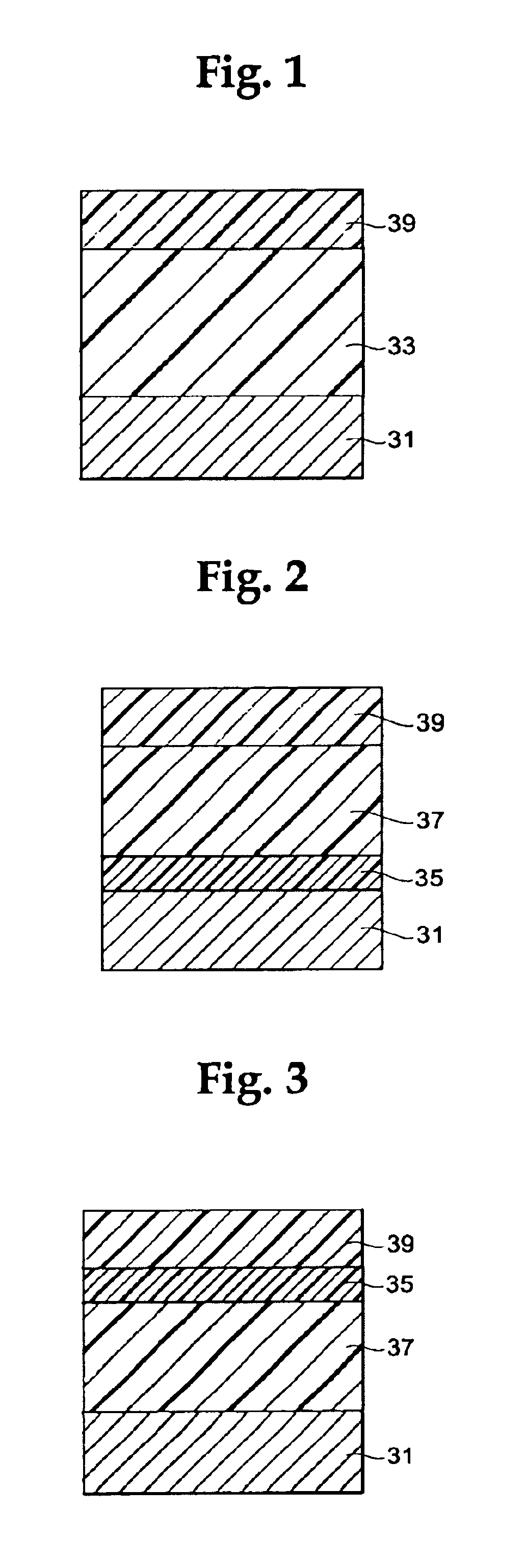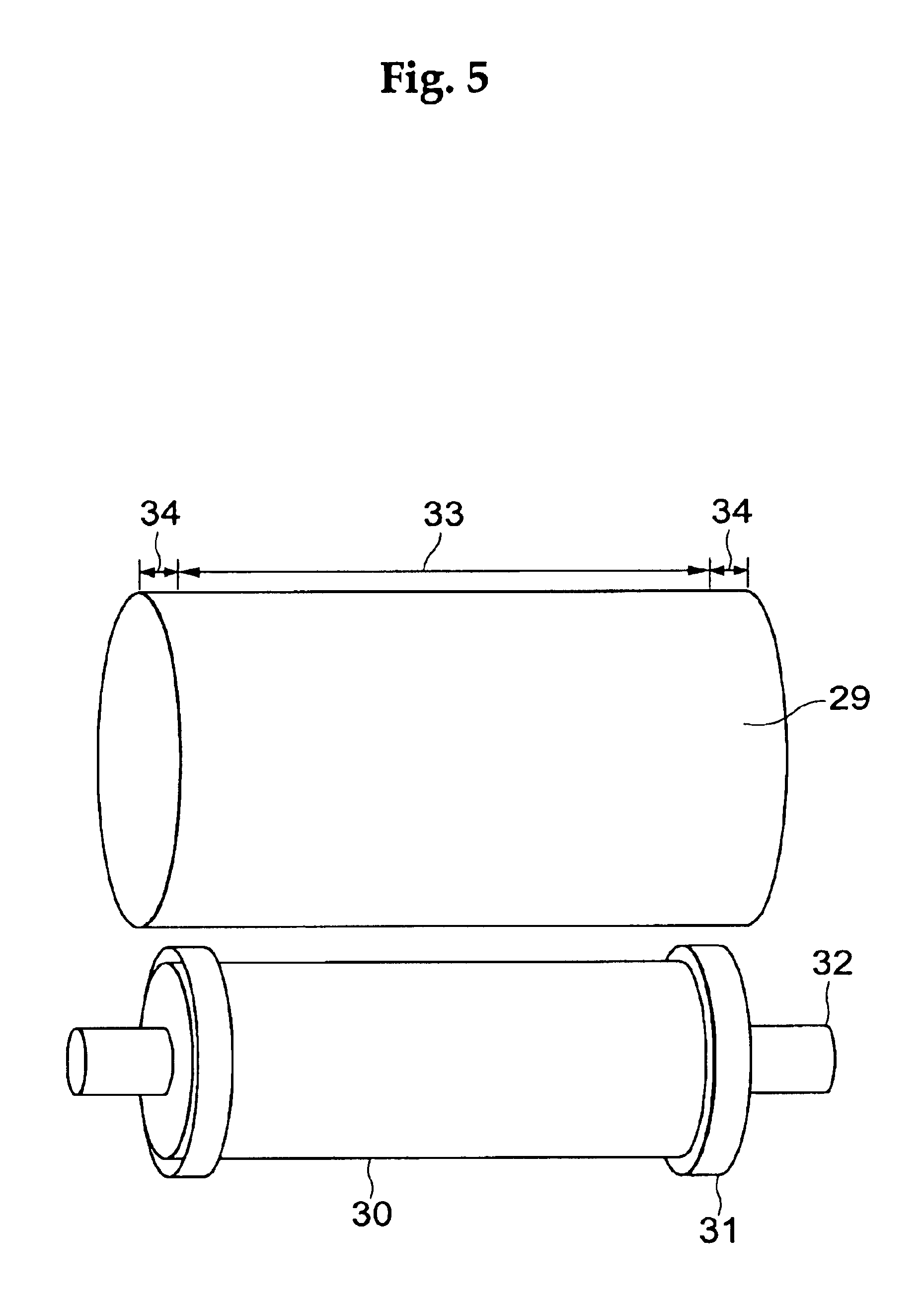Method for forming electrophotographic image and electrographic device
a technology of electrophotography and electrophotography, which is applied in the direction of electrographic process, corona discharge, instruments, etc., can solve the problems of shortened life, image blurring, and difficulty in realizing a device compact in size, and achieve the effect of remarkably reducing the scraping of photoconductor
- Summary
- Abstract
- Description
- Claims
- Application Information
AI Technical Summary
Benefits of technology
Problems solved by technology
Method used
Image
Examples
synthetic example 1
[0191]To a separable flask equipped with a stirrer, a thermometer, a nitrogen inlet port, and a cooling pipe were added 378.4 g of low molecular bisphenol A type epoxy resin (number average molecular weight: about 360), 86.0 g of high molecular bisphenol A type epoxy resin (number average molecular weight: about 2700), 191.0 g of glycidylate of bisphenol A type propylene oxide additive, 274.5 g of bisphenol F, 70.1 g of p-cumyl phenol, and 200 g of xylene. The temperature was raised to 70-100° C. under nitrogen atmosphere to add 0.1839 g of lithium chloride, and then further raised to 160° C. to remove the xylene under reduced pressure. The resulting mixture was polymerized at a reaction temperature of 180° C. for 6-9 hrs to obtain a polyol resin with acid value of 0.0 KOHmg / g, hydroxyl value of 70.0 KOHmg / g, softening point of 109° C., and Tg of 58° C. (hereinafter referred to as polyol resin A).
synthetic example 2
[0192]Using the device of Synthetic Example 1, 205.3 g of low molecular bisphenol A type epoxy resin (number average molecular weight: about 360), 54.0 g of high molecular bisphenol A type epoxy resin (number average molecular weight: about 3000), 432.0 g of glycidylate of bisphenol A type propylene oxide additive, 282.7 g of bisphenol F, 26.0 g of p-cumyl phenol, and 200 g of xylene were added thereto. The temperature was raised to 70-100° C. under nitrogen atmosphere to add 0.183 g of lithium chloride, and further raised to 160° C. to remove the xylene under reduced pressure. The resulting mixture was polymerized at a reaction temperature of 180° C. for 6-9 hrs to obtain a polyol resin with acid value 0.0 of KOHmg / g, hydroxyl value of 58.0 KOHmg / g, softening point of 109° C., and Tg of 58° C. (hereinafter referred to as polyol resin B).
Preparation Example of Parent Toner 1
[0193]
Binder resinPolyester resin A100 partsColoring agentQuinacridone-based magenta pigment 4 partsCharge con...
example 1
[0229]An actual use evaluation was carried out using the product toner A and the photoconductor (a).
PUM
 Login to View More
Login to View More Abstract
Description
Claims
Application Information
 Login to View More
Login to View More - R&D
- Intellectual Property
- Life Sciences
- Materials
- Tech Scout
- Unparalleled Data Quality
- Higher Quality Content
- 60% Fewer Hallucinations
Browse by: Latest US Patents, China's latest patents, Technical Efficacy Thesaurus, Application Domain, Technology Topic, Popular Technical Reports.
© 2025 PatSnap. All rights reserved.Legal|Privacy policy|Modern Slavery Act Transparency Statement|Sitemap|About US| Contact US: help@patsnap.com



